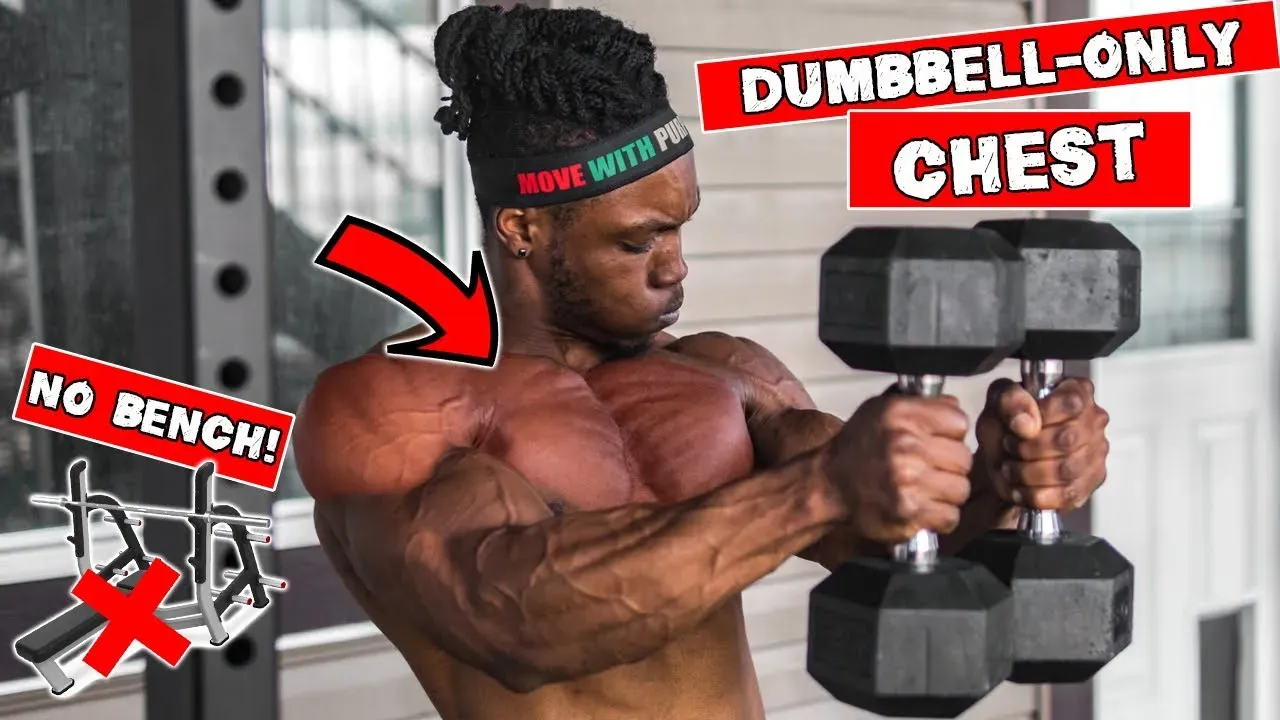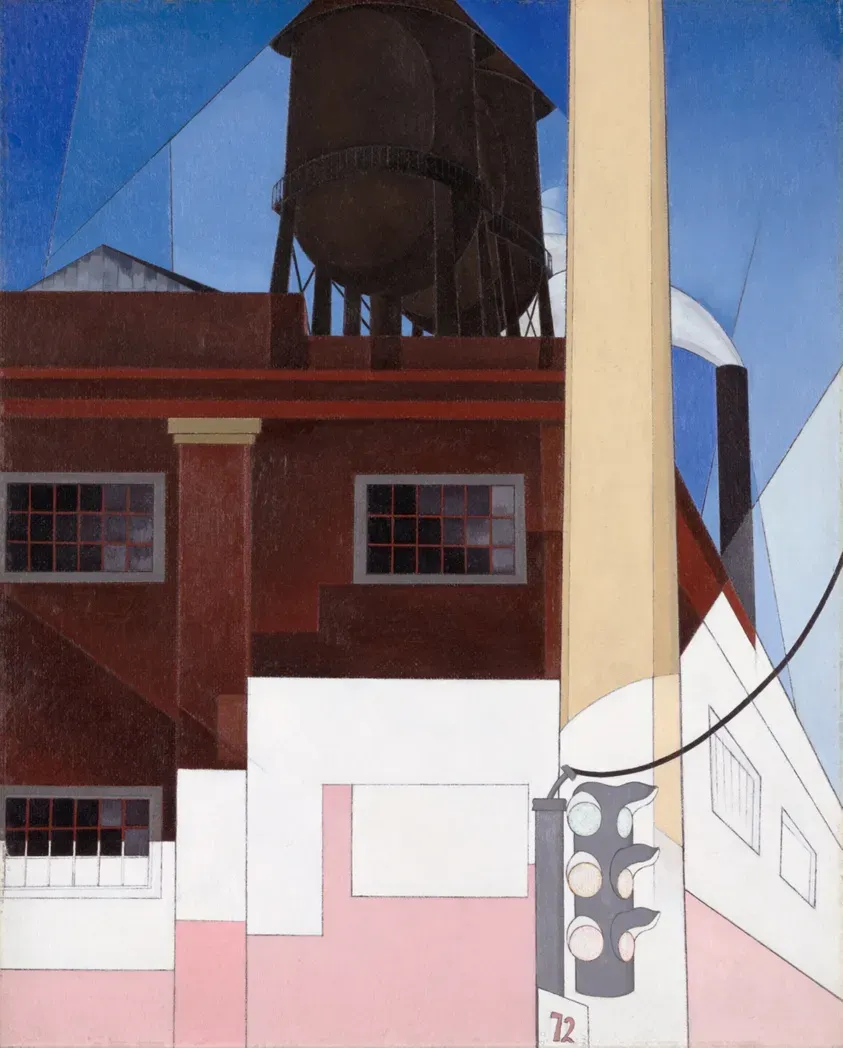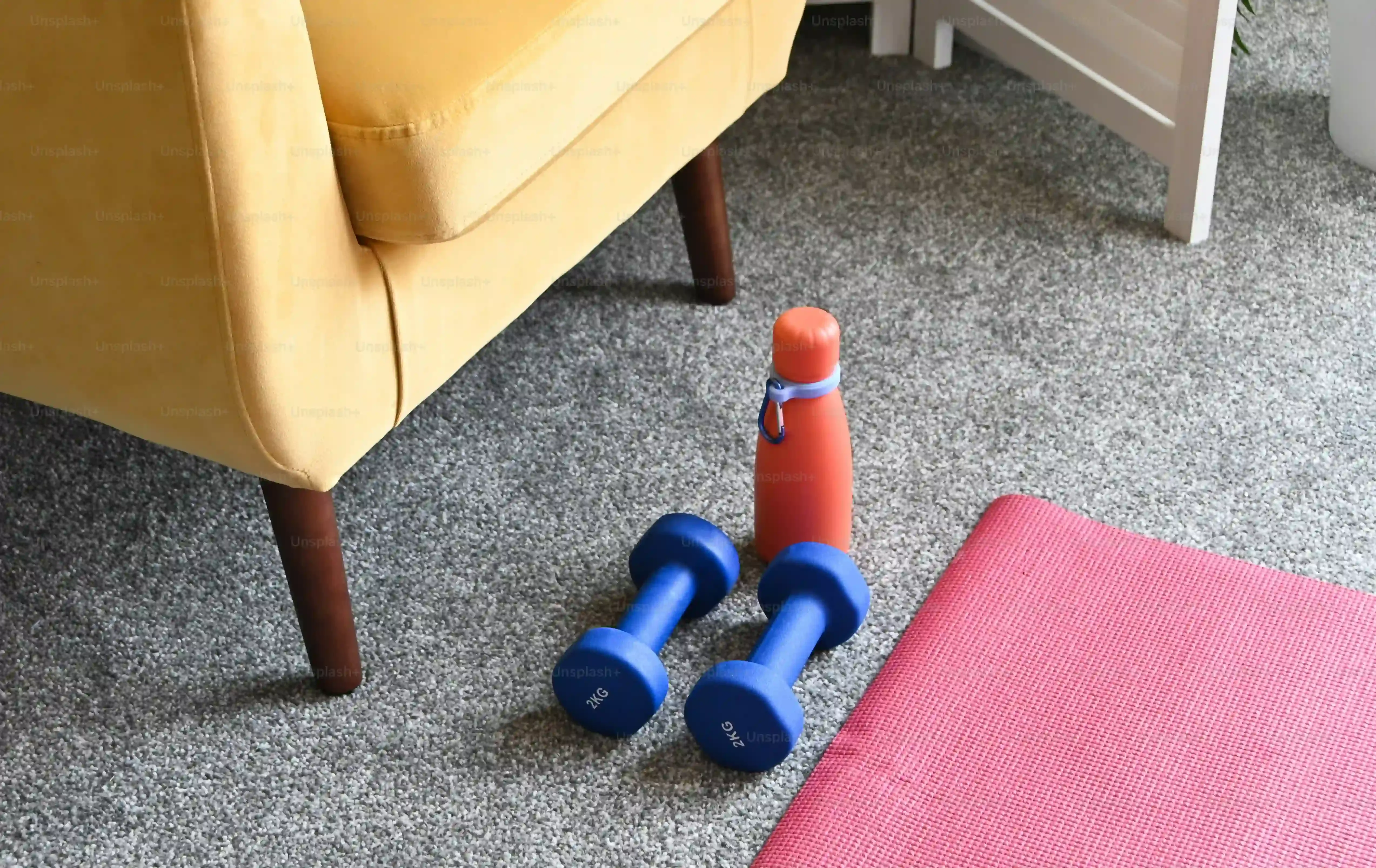Table of Contents
Tired of waiting for a bench at the gym? Maybe you just prefer the comfort of your own space but still want a chest that doesn't disappear into your torso. Forget the idea you need a room full of machines to build a respectable set of pecs. The truth is, a surprisingly effectivefull chest workout at home with dumbbellsis entirely within reach. You just need the right plan and the willingness to put in the work.
Why a Full Chest Workout At Home With Dumbbells Works

Why a Full Chest Workout At Home With Dumbbells Works
No Gym, No Problem: Convenience and Accessibility
Let's be real. Getting to the gym can feel like a whole second job sometimes. Traffic, parking, waiting for equipment – it all adds up. This is where afull chest workout at home with dumbbellsshines. You literally roll out of bed, grab your weights, and you're ready to go. No commute, no locker room selfies, just you and the iron (or rubber, or whatever your dumbbells are made of). This sheer convenience means fewer skipped workouts, which is the absolute bedrock of making any progress. Consistency beats intensity every single time.
Superior Range of Motion and Muscular Balance
Barbells are great for moving heavy weight, sure, but they lock your hands into a fixed position. Dumbbells? They let your wrists, elbows, and shoulders move naturally. This often allows for a deeper stretch at the bottom of movements like presses and flies, potentially hitting muscle fibers differently and promoting better growth. Plus, with a barbell, your dominant side can easily pick up the slack for your weaker side. Dumbbells force each arm to work independently, highlighting and helping to correct those pesky imbalances that can lead to lopsided development or even injury down the road. Think of it as built-in quality control for your pecs.
- Workout on your schedule, not the gym's.
- Greater stretch and potential muscle activation.
- Identifies and helps fix strength imbalances.
- Less impact on wrists and shoulders for some people.
Key Dumbbell Exercises for a Complete Chest Workout

Key Dumbbell Exercises for a Complete Chest Workout
The Foundation: Dumbbell Bench Press Variations
Alright, so you've got your dumbbells. First up, the absolute workhorse for afull chest workout at home with dumbbells: the dumbbell press. Think of this as your bread and butter. You can do it lying flat on the floor, which is great if you don't have a bench and it actually limits how far down you can go, saving your shoulders if you have issues. Or, if you have a bench, ottoman, or even a sturdy box, you can do flat, incline, or decline presses.
Flat dumbbell presses hit the overall chest muscle (pectoralis major). Incline variations (lifting the bench or surface to an angle) target the upper chest, which is often a weak point for people. Decline (if you can safely set this up) focuses a bit more on the lower chest. The beauty here is the range of motion. You can bring the dumbbells down past your chest level, getting a deeper stretch than a barbell allows, and squeeze them together at the top for an extra contraction.
Shaping and Stretching: Dumbbell Flyes
Once you've hammered the pressing movements, you need to hit the chest from a different angle. That's where dumbbell flyes come in. While presses are compound movements (using multiple joints and muscles), flyes are more of an isolation exercise, primarily targeting the pecs to bring your arms together across your body. They really emphasize the stretch across the chest at the bottom of the movement.
Just like presses, you can do flyes flat, on an incline, or decline. The key is to keep a slight bend in your elbows – don't lock them out – and control the weight throughout the movement. Imagine you're hugging a giant tree. Bring the dumbbells out and down until you feel a good stretch, then squeeze your pecs to bring them back up in an arcing motion. This exercise is fantastic for hitting the outer and inner parts of the chest and adds that shaping element to yourfull chest workout at home with dumbbells.
So, what's the real difference between pressing and flying?
- Presses: Compound movement, uses triceps and shoulders heavily, allows lifting heavier weight, builds overall mass and strength.
- Flyes: Isolation movement, primarily targets pecs, uses lighter weight, focuses on stretch and squeeze, helps with shaping and definition.
Structuring Your Full Chest Workout At Home With Dumbbells

Structuring Your Full Chest Workout At Home With Dumbbells
Putting the Pieces Together: Building Your Home Chest Session
so you've got the individual moves down – the presses, the flyes. But how do you string them together into afull chest workout at home with dumbbellsthat actually builds muscle and strength? It's not just about doing random exercises. Think of it like building something: you need a plan. You typically want to start with your compound movements, the ones that use the most muscle and allow you to lift the most weight. This is when your energy levels are highest, so you can push hard. Dumbbell presses, in their various angles (flat, incline), fit perfectly here. Save the isolation stuff, like flyes, for later in the workout when you're a bit fatigued but still want to hit the muscle directly for that extra squeeze and stretch.
How many exercises should you do? For most people, 2-4 chest exercises per workout is plenty. Trying to do ten different things just turns into a mess and usually means you aren't doing any of them with enough focus or intensity to matter. Pick 1-2 pressing movements and 1-2 isolation movements. That structure gives you a solid base to work from. For instance, you might do incline presses, then flat presses, and finish with flat or incline flyes. Simple, effective, and doesn't require a degree in exercise science to figure out.
Sets, Reps, and Making it Count
Once you know which exercises you're doing and in what order, the next question is: how many sets and reps? This depends a bit on your goal. If you're chasing pure strength, you'll likely hang out in the 5-8 rep range per set, using a weight that feels heavy by the last rep. For building muscle size (hypertrophy), the classic range is 8-15 reps. However, don't get too hung up on hitting one specific number every time. Muscle growth responds well to training across the rep spectrum, from heavy sets of 5 to lighter sets of 20 or even 30. The key is effort – those last few reps should be tough, making you question your life choices slightly.
Aim for 3-4 sets per exercise. So, if you're doing three exercises, that's 9-12 total sets for your chest workout. That's a solid amount of work to stimulate growth without absolutely demolishing yourself, especially if you're training chest multiple times a week. Rest between sets for 60-90 seconds for hypertrophy work, maybe a bit longer (2-3 minutes) if you're doing heavier strength sets. Don't scroll through your phone for five minutes; keep the intensity up.
Here’s a basic template for afull chest workout at home with dumbbells:
- Warm-up: 5-10 minutes of light cardio (jumping jacks, running in place) and dynamic stretches (arm circles, chest stretches).
- Exercise 1 (Compound Press): Dumbbell Flat Press or Dumbbell Incline Press. 3-4 sets of 6-10 reps. Focus on controlled lowering and powerful pressing.
- Exercise 2 (Compound Press or Variation): If you did flat, do incline. If you did incline, do flat or maybe a close-grip dumbbell press. 3-4 sets of 8-12 reps.
- Exercise 3 (Isolation Fly): Dumbbell Flat Fly or Dumbbell Incline Fly. 3-4 sets of 10-15 reps. Focus on the stretch and squeeze, keeping a slight bend in the elbow.
- Optional Exercise 4 (Finisher): Maybe some push-ups to failure, or dumbbell pullovers if you have a bench. 2-3 sets.
Making Progress and Avoiding Plateaus
Always Push a Little Harder
so you've got yourfull chest workout at home with dumbbellsroutine down. You're doing the presses, the flyes, and feeling pretty good. But after a few weeks, you might notice those sets that felt tough before are suddenly... easy. That's your body adapting, which is exactly what you want! But to keep building muscle and strength, you have to keep challenging it. This is the core idea of progressive overload. It sounds fancy, but it just means making your workout slightly harder over time.
How do you do that with just dumbbells at home? You can do more reps with the same weight. You can add another set. You can decrease the rest time between sets. You can slow down the movement, making the muscles work harder under tension. Or, if you have adjustable dumbbells or multiple pairs, you can simply lift heavier weight. You don't need to do all of these at once, just pick one or two ways to make each workout a little more demanding than the last.
Consistency, Fuel, and Recovery
Listen, you can have the perfectfull chest workout at home with dumbbellsmapped out, but if you're only doing it once every two weeks, you're not going to see much change. Consistency is non-negotiable. Aim to hit your chest muscles 2-4 times a week, allowing at least a day of rest in between for recovery. Muscle isn't built during the workout; it's built when you're recovering and sleeping.
Speaking of recovery, what you eat matters. Your muscles need protein to repair and grow stronger. Make sure you're getting enough protein throughout the day. Don't overthink it – chicken, fish, eggs, beans, lentils, protein powder are all good sources. And sleep? Crucial. Your body does a ton of repair work while you're sleeping. Skimp on sleep, and you're skimping on gains. It's that simple.
Simple ways to apply progressive overload:
- Do more repetitions with the same weight.
- Add an extra set to an exercise.
- Use a slightly heavier weight (if available).
- Decrease the rest time between sets.
- Perform the exercise with stricter form or slower tempo.
- Increase the frequency of your chest workouts (e.g., from 2 to 3 times a week).
Breaking Through the Wall (Plateaus)
Even with consistent effort and smart progression, you might eventually hit a plateau. This is that frustrating point where your weights aren't going up, your reps are stuck, and you feel like you're just spinning your wheels. It happens to everyone. When this hits, it's a sign your body has fully adapted to the current stimulus. Time to shake things up!
Sometimes, simply changing the exercises slightly can help. If you've been doing flat presses, focus on incline for a few weeks. Try a different grip width on your presses. Introduce a new exercise like dumbbell pullovers or deficit push-ups (if you can safely elevate your hands). You can also change the rep ranges drastically for a cycle – do a few weeks of really heavy sets (5-8 reps) or really high-rep sets (20-30 reps). Sometimes, taking a short deload week (reducing volume and intensity significantly) can also help your body recover and come back stronger. Don't get discouraged; view a plateau as an opportunity to try something new.
Your Home Chest Gains Await
So there you have it. Building a solid chest without setting foot in a crowded gym isn't some fitness fantasy. Afull chest workout at home with dumbbells, executed with focus and consistency, provides the necessary stimulus for growth. It requires understanding the right movements, structuring your sessions intelligently, and sticking with it. Don't expect overnight miracles, but apply these principles, and you'll start seeing the difference where it counts.
